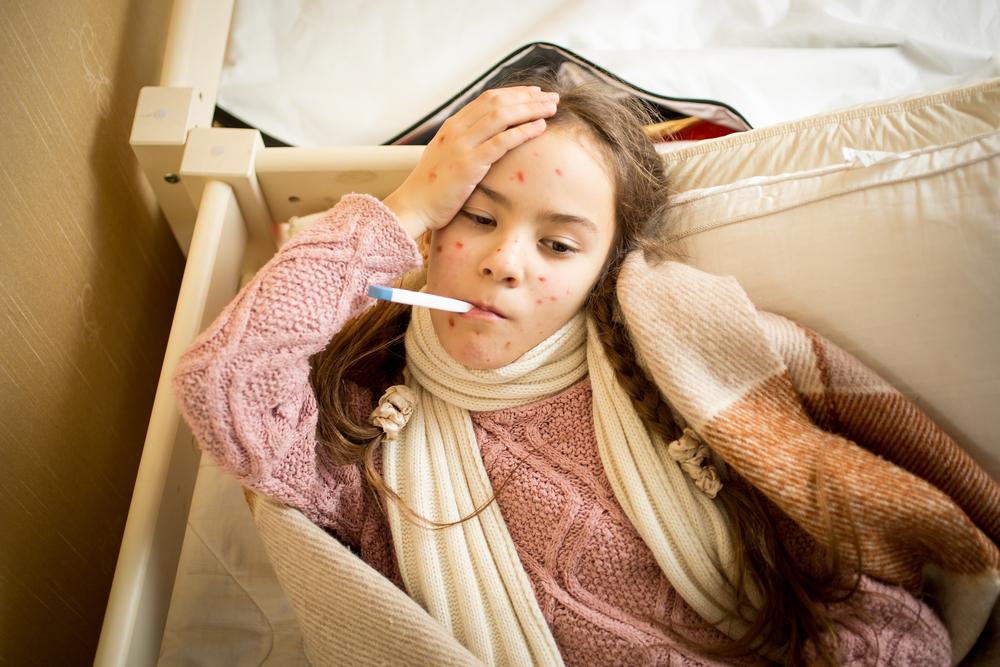Things You Need to Know about Measles
Measles is believed to be one of the most contagious diseases in human beings caused by the rubeola virus. Once an individual gets infected, the immunity of that particular patient drops down immediately. Moreover, if once a person gets this infection, he or she is likely to be immunized for his or her entire life and is left with lesser chances of getting the infection again.
Measles is quite common in children, and it can be somewhat prevented in them if they are vaccinated beforehand. The infection can be fatal too; however, such cases are very rare. Unlike earlier times, when children used to die often due to this infection, the death rates have been falling significantly now after the advent of the measles vaccine.

This infection is usually characterized by intense fever and rashes as well as patches all over the body, accompanied by acute pain. An individual needs to be isolated after being infected by the rubeola virus. Therefore, they should be immediately consulted with a doctor on suspecting the infection. There might be regular symptoms of fever initially, and it might be hard to understand the actual cause, but a doctor will be able to diagnose properly.
Causes of Measles
A virus named paramyxovirus is the causative agent of measles. There is no particular cause behind this infection. As the type suggests that it is an infection, thus it is certain that an individual does not grow it by themselves but get infected by this virus through various mediums.
The probable ways of getting this disease are mentioned below:
- If an individual is likely to get infected if he or she comes into close contact with an already infected person. Physical contact is the easiest way to get infected.
- Even being near to the infected persons will increase the risk of getting the virus. As an infected person sneezes or coughs, anyone in the surrounding region can be infected as the virus travels through the tiny droplets coughed by the patient.
- Air is the first medium through which this infection spreads, however in case the patient has touched anything and others touch the same infected thing later, they are likely to get it.
Symptoms of Measles
Immediately after being infected by the rubeola, one is very less likely to develop any symptoms. In this period, the virus continually keeps multiplying on the host’s body. Thereafter, almost one or two weeks later, the symptoms start to build up. These include a cough, sneeze, runny nose, red eyes, and persistent fever (100 degrees Fahrenheit).
After the initial symptoms, brownish-red patches start to develop all over the body. Other spots in white with a bluish center named as Koplik’s spots are also visible. It is contagious in the first four days, and after that, the body of the patient starts to recover. The rashes go away and so does the fever. Initially, there might be some left over marks, but even they disappear with the passage of time.
Treatment of Measles
Measles is commonly a viral infection and, thus, has no cure just like a common cold. However, if you are infected, then you may take certain necessary steps so as to prevent contamination and recover faster. Certain medication like Ibuprofen will help in reducing the fever to a great extent.
Doses of vitamin A supplements can also be beneficial but should be taken only if the doctor prescribes for it. A dimly lit room has proven to be soothing for the patient in recovering faster.

